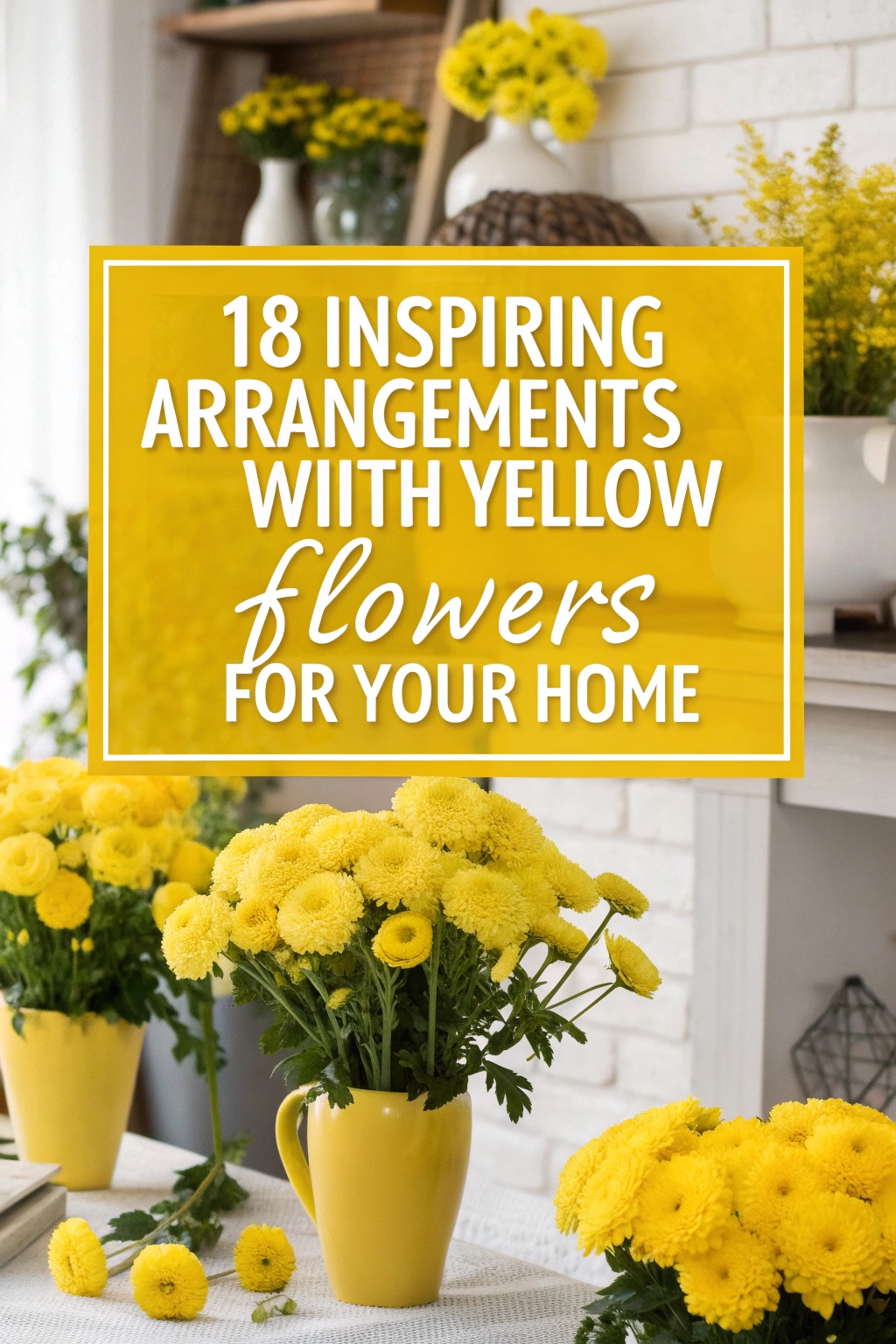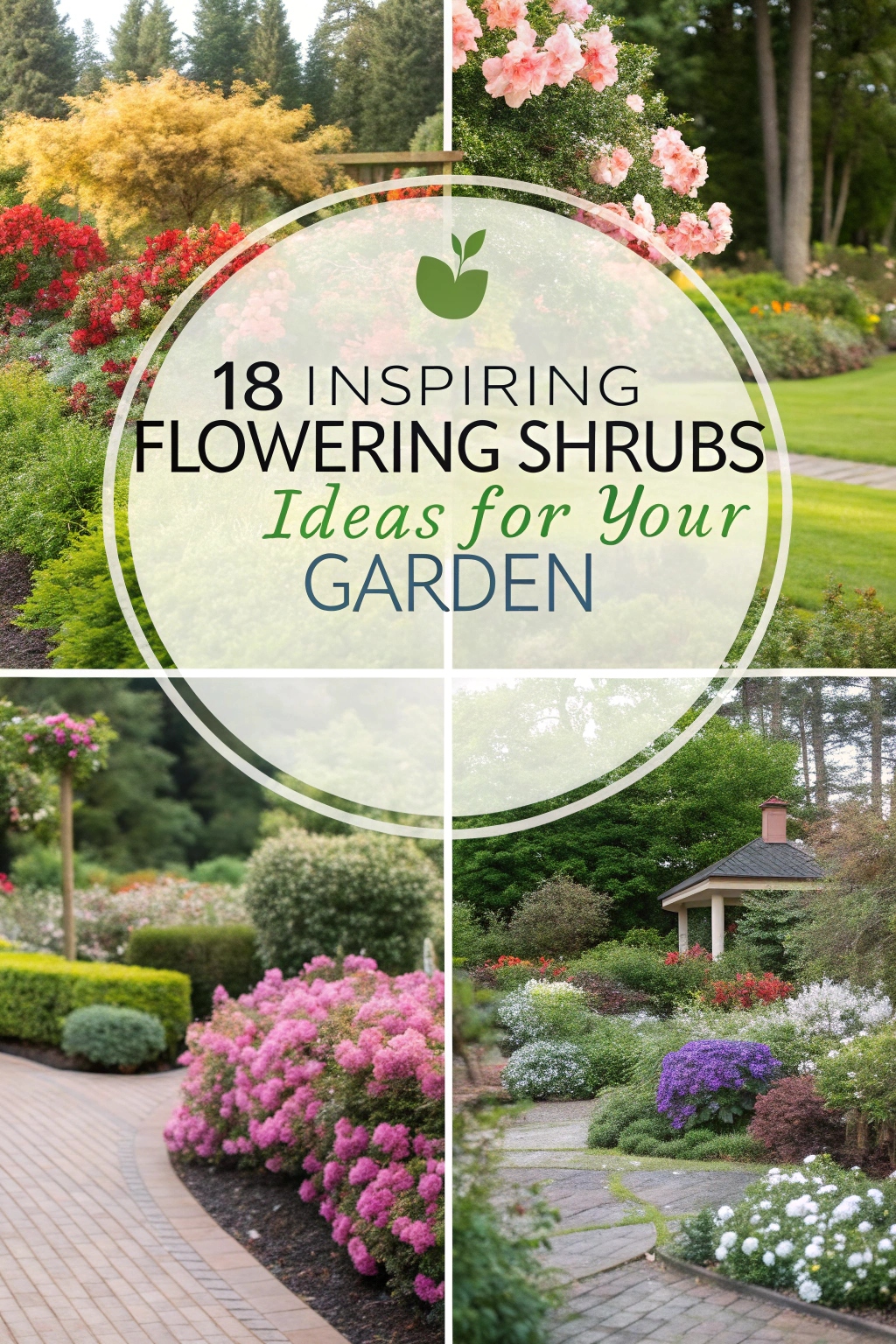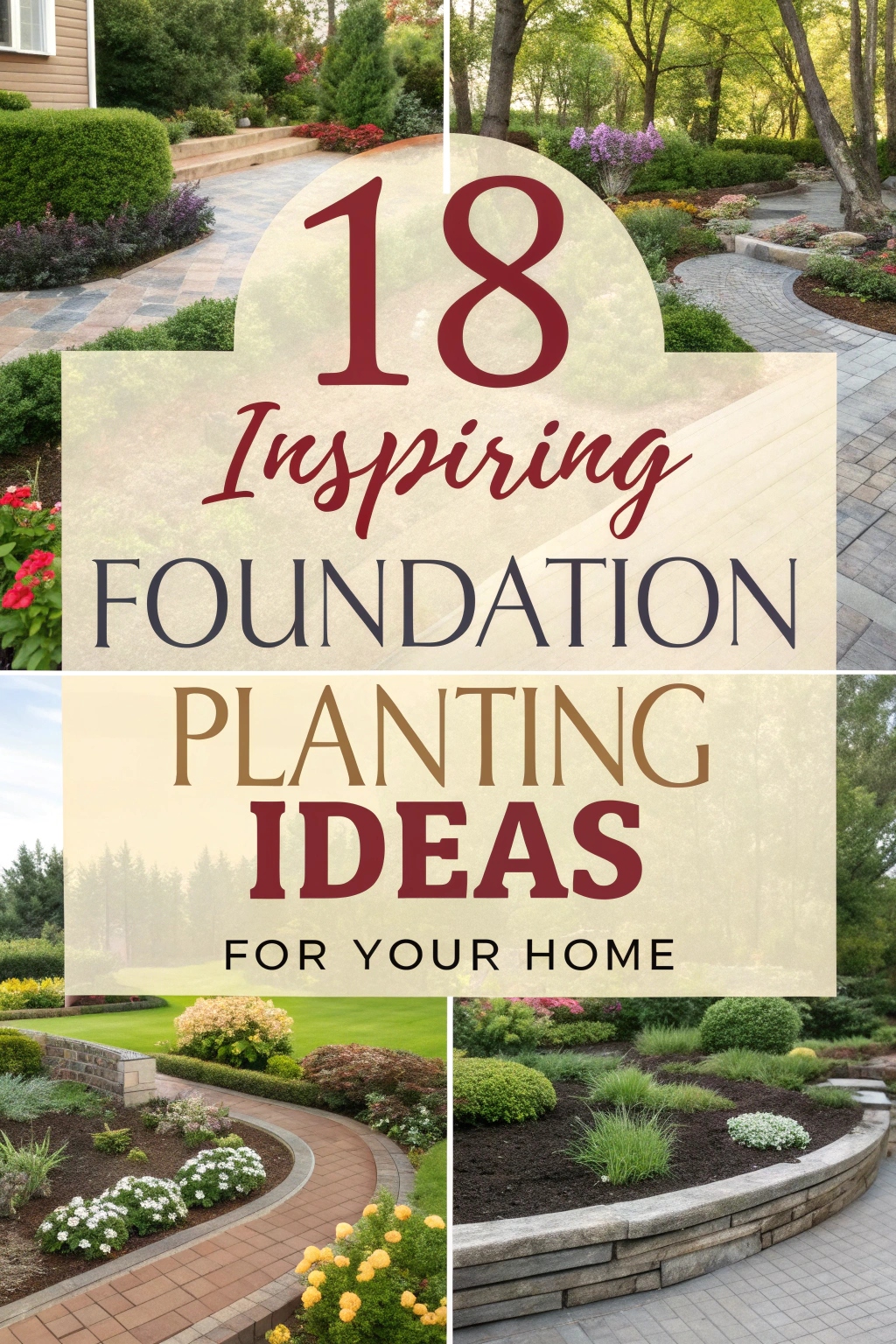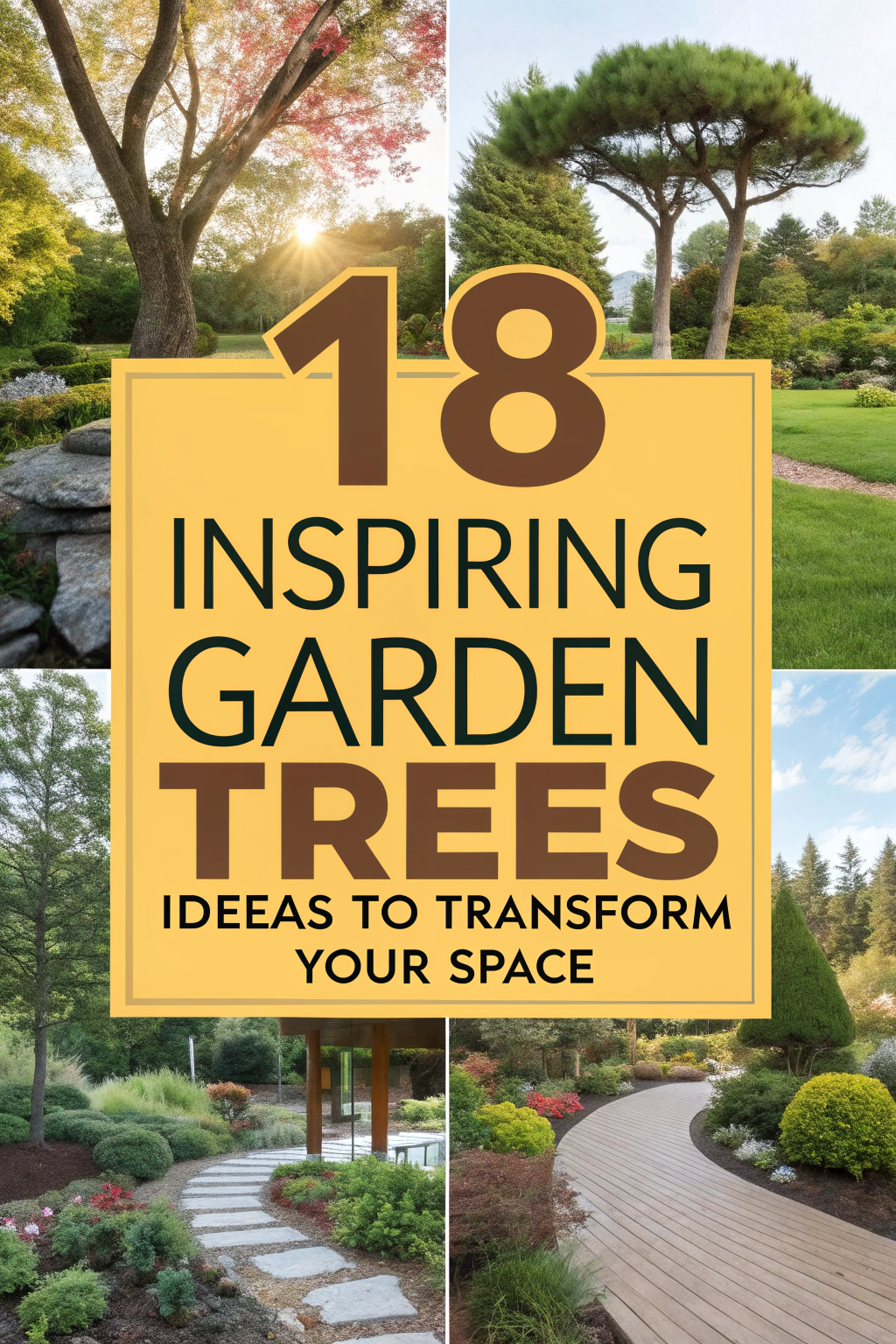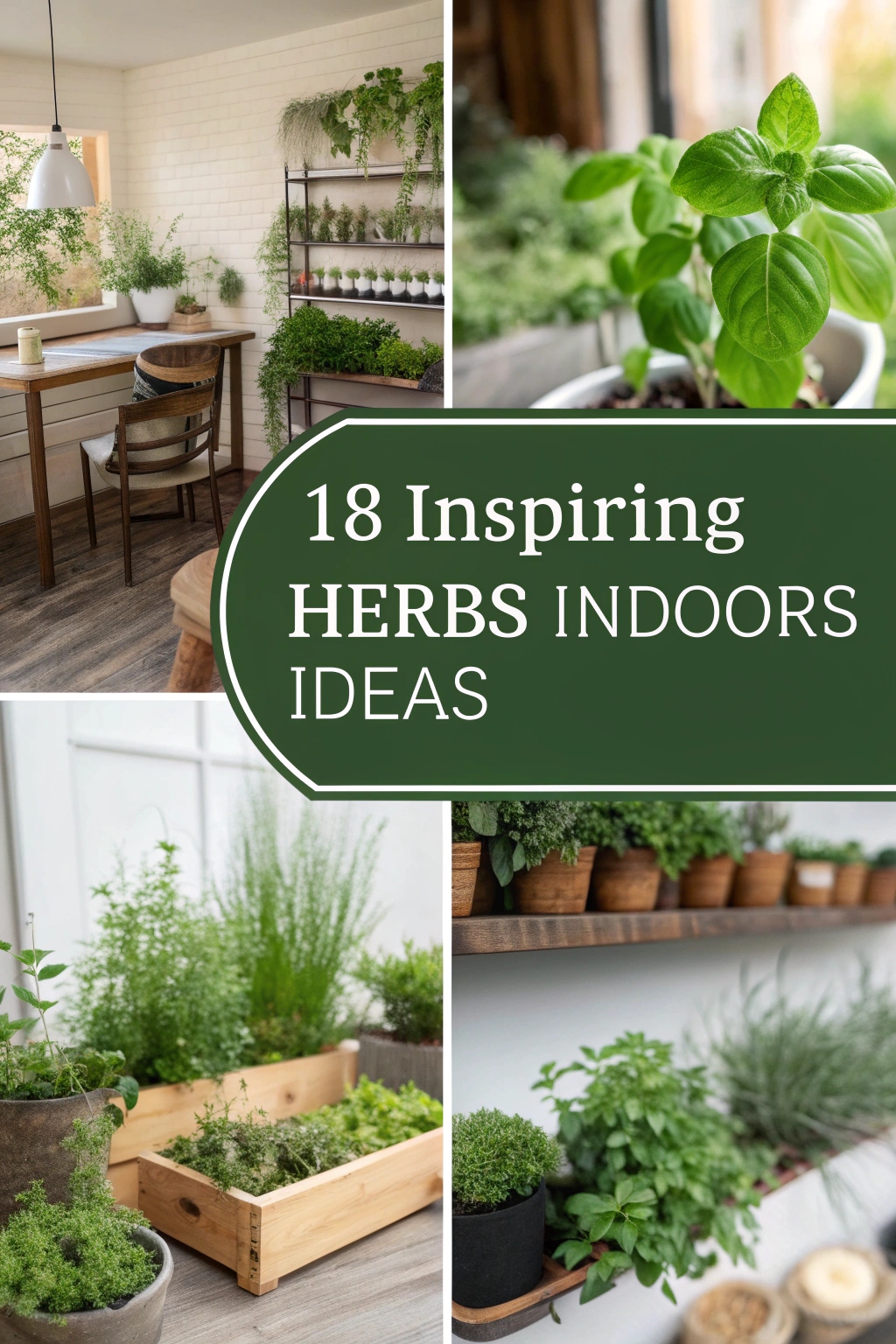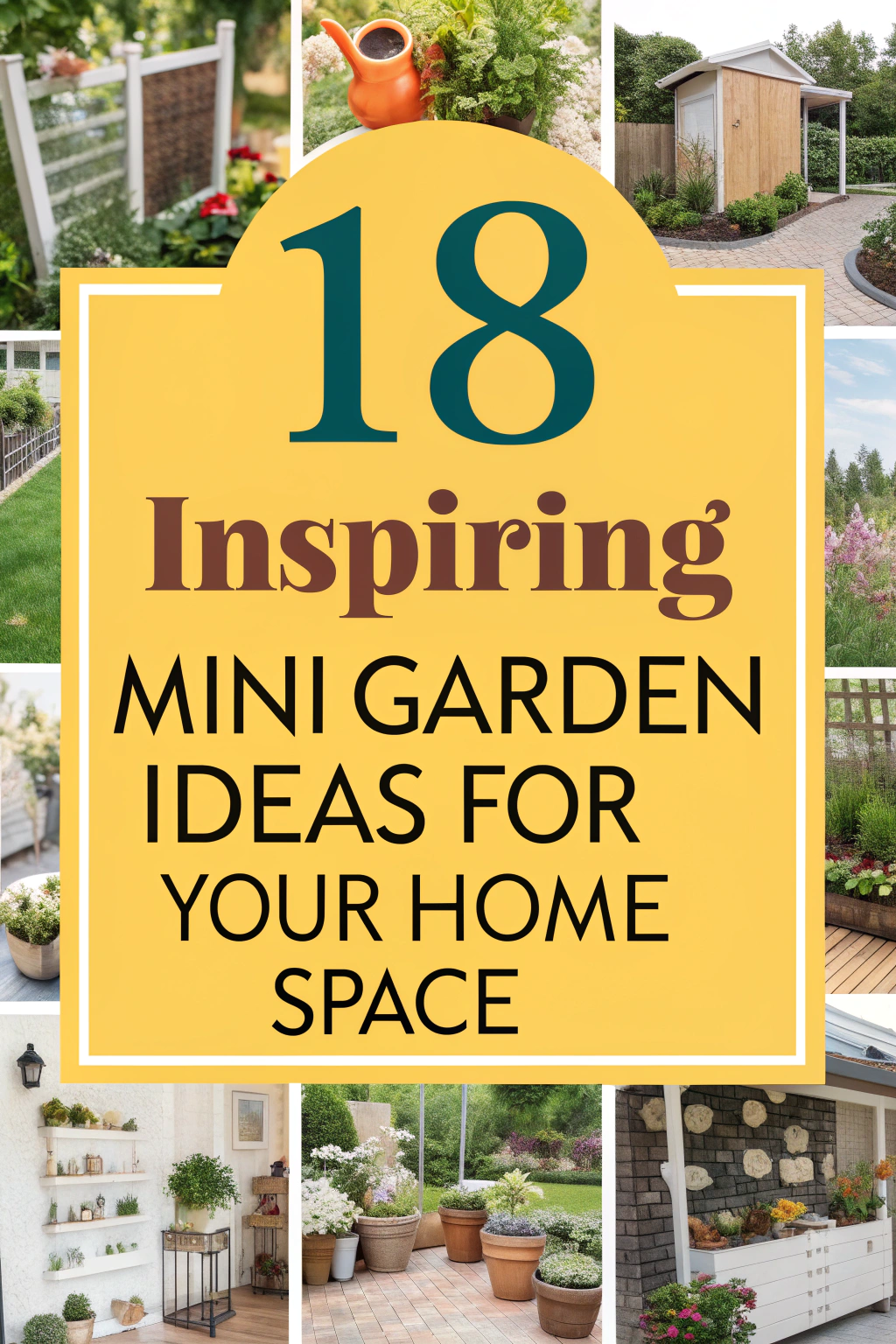17 Garden Ideas for Wooded Areas to Inspire Your Space
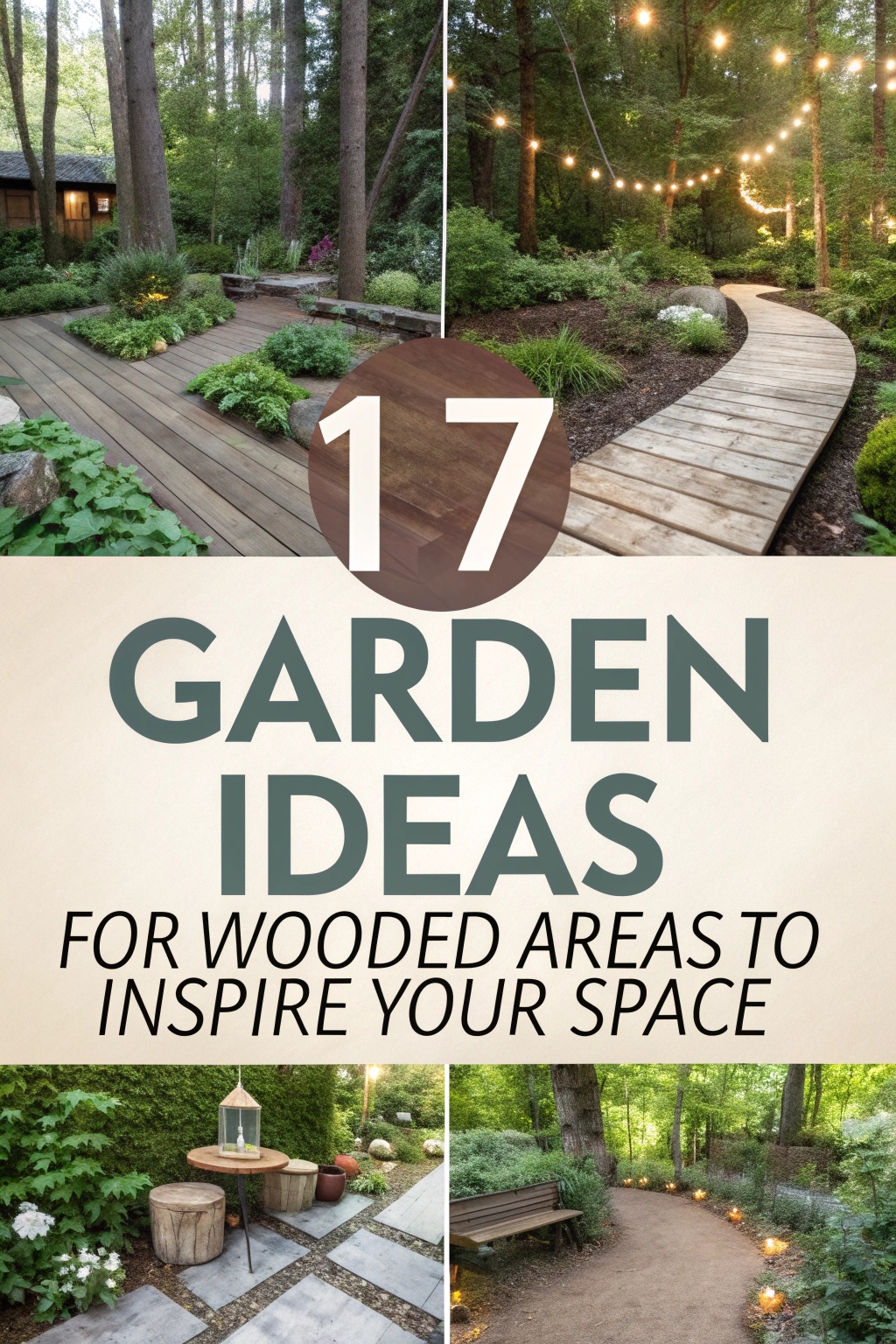
Transforming your wooded area into a tranquil retreat is more than just planting a few flowers. Imagine weaving natural pathways that guide you through lush vegetation, or creating cozy corners with rustic seating around a fire pit. With a few thoughtful ideas, your garden can harmonize with the surrounding landscape, inviting both relaxation and wildlife. Let’s explore how you can bring your vision to life, starting with the charm of natural pathways.
Embrace Natural Pathways

Embracing natural pathways in wooded areas can enhance the beauty and functionality of your garden. Utilize existing trails formed by foot traffic or wildlife, and accentuate them with mulch or gravel to create a rustic feel. Consider lining the pathways with native plants or ground cover to blend seamlessly with the surrounding landscape. These natural pathways not only add charm but also encourage exploration and enjoy the serene ambiance of your garden oasis.
Create a Woodland Wildflower Garden
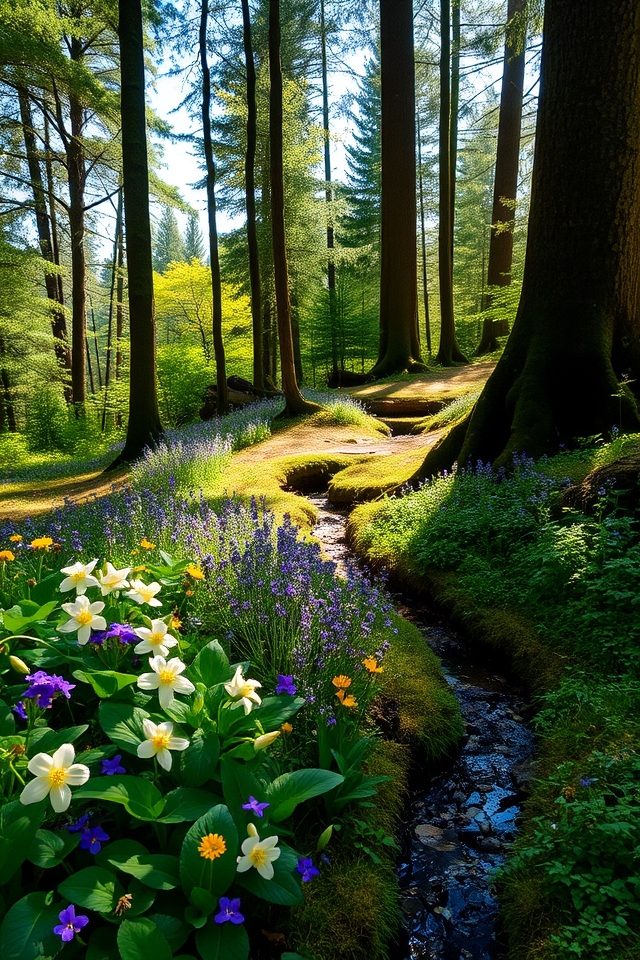
Creating a woodland wildflower garden is a wonderful way to enhance the natural beauty of a wooded area. Choose native wildflowers that thrive in shade and well-drained soil, such as trillium, violets, and ferns. Plant in clusters to mimic their natural growth patterns and provide pops of color throughout the seasons. Incorporate a mix of heights and textures to create visual interest, while also attracting pollinators and supporting local wildlife.
Install a Cozy Fire Pit Area
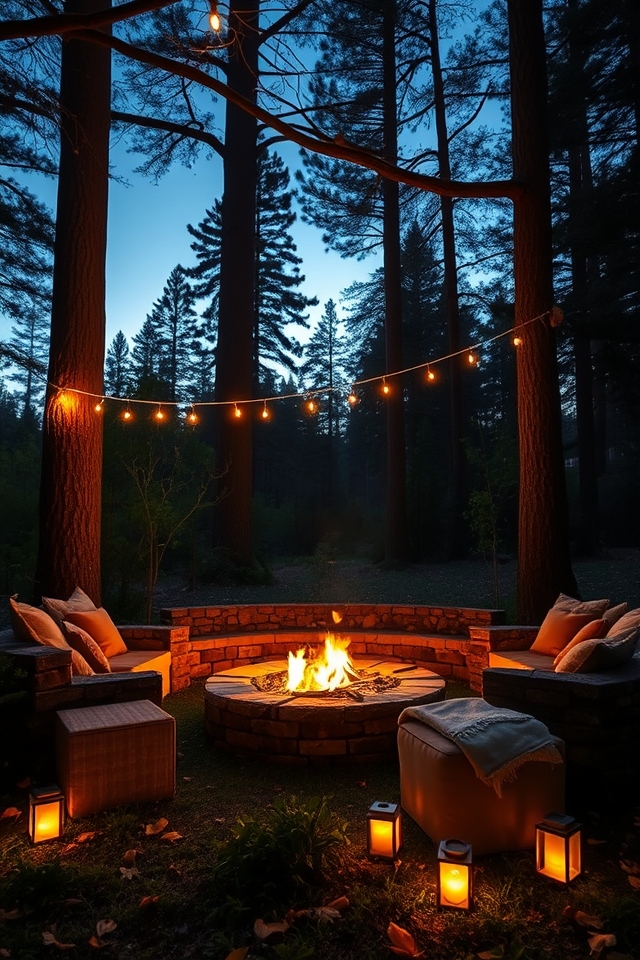
Creating a cozy fire pit area in a wooded garden can transform your outdoor space into a welcoming retreat. Choose a location surrounded by trees to add natural privacy and ambiance. Use stones or bricks to define the fire pit’s perimeter, and arrange comfortable seating—such as chairs or logs—around it. Enhance the atmosphere with soft lighting, like string lights or lanterns, and incorporate cozy blankets for chilly evenings. This inviting setup will be perfect for gatherings or quiet solitude under the stars.
Build Raised Garden Beds

Building raised garden beds in wooded areas can greatly enhance your gardening experience while helping to manage soil quality and drainage. These beds elevate your plants above the forest floor, preventing root competition from trees and shrubs. Use untreated wood to construct the frames, and fill them with a nutrient-rich soil mix to create an ideal growing environment. Raised beds also make it easier to maintain and harvest your plants, providing a neat and organized look amidst the trees.
Incorporate Native Plants

Incorporating native plants into your garden design for wooded areas is crucial for creating a harmonious ecosystem. Native plants are adapted to local soil, climate, and wildlife, making them more resilient and easier to maintain. They also provide essential habitats and food sources for local pollinators and birds. By selecting a variety of native species, you can guarantee year-round interest while supporting biodiversity and promoting the natural beauty of your surroundings.
Design a Tranquil Water Feature
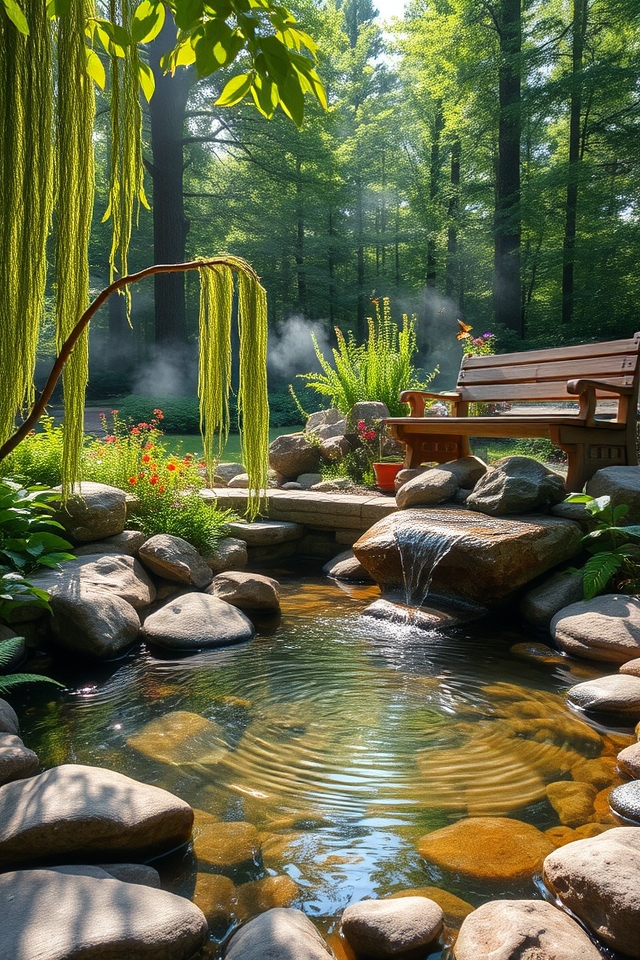
Designing a tranquil water feature in a wooded area can enhance the natural beauty of your garden while promoting a serene atmosphere. Consider installing a small pond or a bubbling rock fountain, surrounded by native plants and stones. The gentle sound of flowing water harmonizes with the sounds of nature, attracting birds and creating a peaceful retreat. Strategically place seating nearby for quiet contemplation, observing wildlife, or simply enjoying the calming effects of the water.
Add a Variety of Seating Options
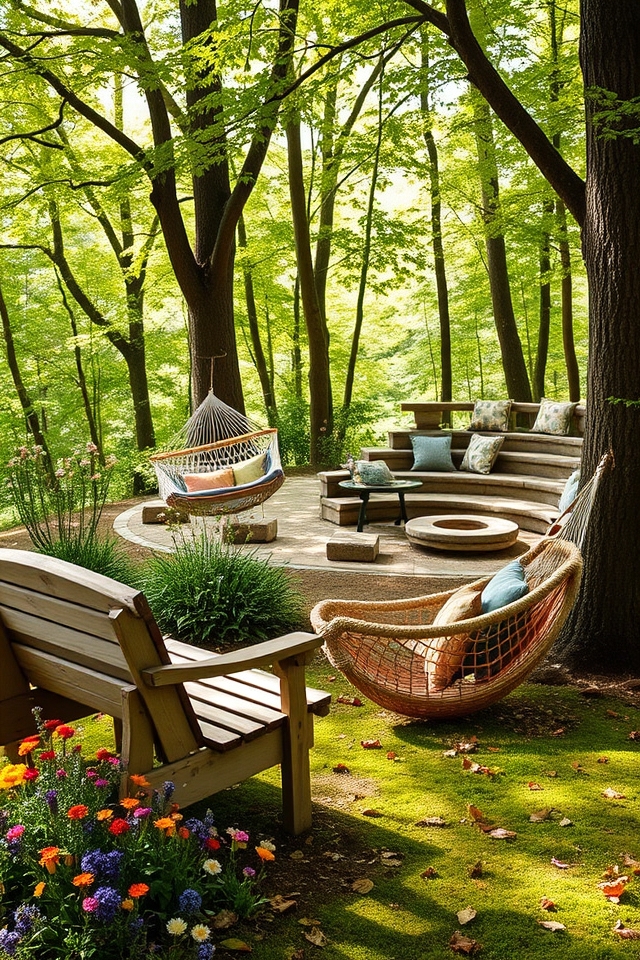
Incorporating a variety of seating options in your wooded garden can enhance its charm and functionality. Consider using rustic benches, lounge chairs, or even hammocks to create inviting spots for relaxation and contemplation. Natural materials like wood or stone can blend seamlessly with the surroundings, while vibrant cushions can add a pop of color. Strategically place seating areas near blooming plants or under the shade of trees for the perfect escape in nature.
Use Decorative Lighting

Incorporating decorative lighting into your garden can transform a wooded area into a magical retreat. Use string lights draped among the trees for a whimsical touch, or install solar-powered lanterns along pathways to guide your way at night. Highlight focal points like sculptures or water features with spotlights, creating visual interest. Soft, warm lighting can enhance the natural beauty of your surroundings while also extending the enjoyment of your garden after sunset.
Introduce Vertical Gardening
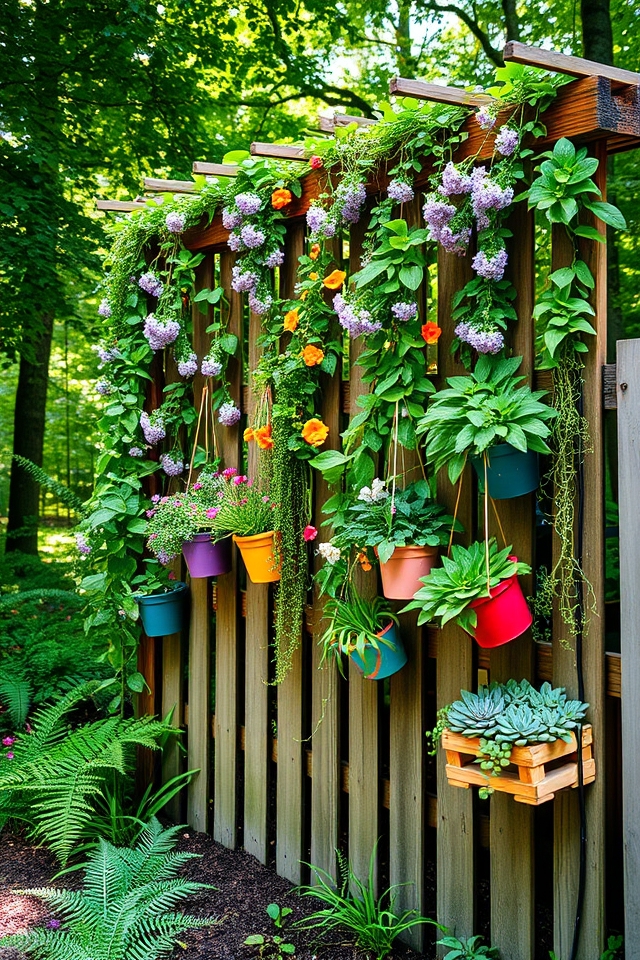
Vertical gardening is an innovative way to maximize space in wooded areas where ground soil may be limited. By utilizing walls, fences, or trellises, you can create an aesthetically pleasing garden while minimizing the footprint. Hanging planters, wall-mounted pockets, and even repurposed pallets can support a variety of plants, from vibrant flowers to herbs and vegetables. This approach not only adds visual interest but also enhances biodiversity and helps to conserve moisture.
Create a Wildlife Habitat

Creating a wildlife habitat in wooded areas enriches the ecosystem and enhances biodiversity. Plant native shrubs and flowers that provide food and shelter for local species. Incorporate features like birdhouses, bat boxes, and bee hotels to attract pollinators and beneficial insects. Adding a small water source, such as a pond or birdbath, can further draw in wildlife. By thoughtfully designing your garden, you can create a thriving sanctuary for both flora and fauna.
Utilize Ground Cover Plants

Ground cover plants are essential for gardens in wooded areas, as they can thrive in low-light conditions and help control weeds. Varieties such as creeping thyme, wild ginger, and hostas not only fill in bare spots but also add texture and color to your landscape. These plants create a lush carpet that retains moisture, prevents soil erosion, and supports local wildlife, enhancing the ecosystem of your wooded garden.
Develop a Multi-Layered Canopy

Creating a multi-layered canopy in your wooded garden can enhance both its aesthetics and biodiversity. Start with tall trees to form the upper layer, providing shade and shelter for smaller plants below. Incorporate mid-story trees and shrubs to add depth and variety, which can flourish in filtered sunlight. Beneath them, layer herbaceous perennials and groundcovers to complete the ecosystem. This structure not only maximizes space but also fosters a thriving habitat for wildlife.
Implement Hardscape Features
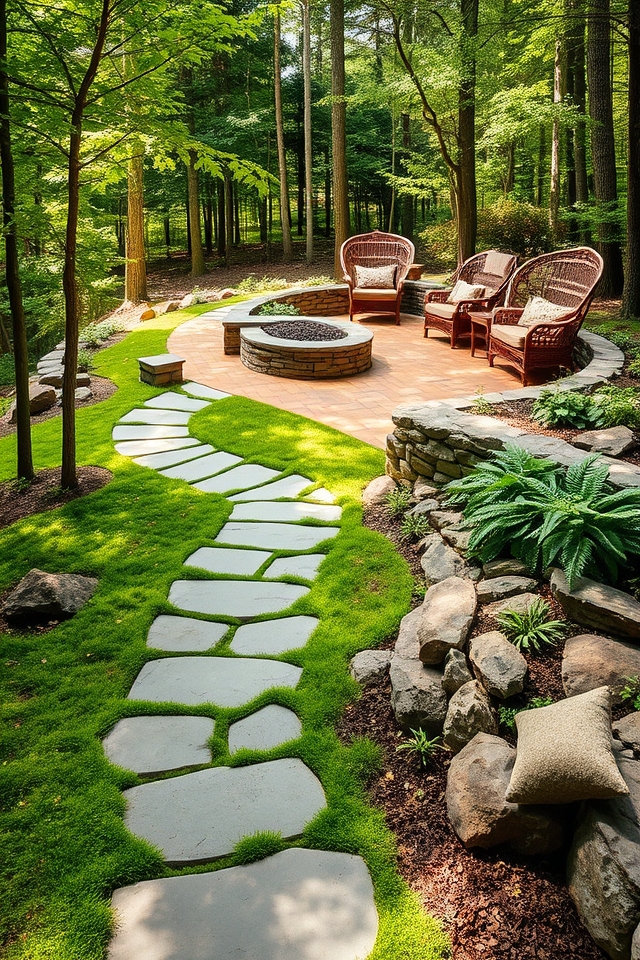
Implementing hardscape features in wooded areas can enhance the natural beauty of your garden while providing functional spaces. Consider adding stone pathways, patios, or retaining walls that blend seamlessly with the surrounding landscape. These structures can create defined areas for seating, dining, or fire pits, allowing you to enjoy the serene environment. Incorporating materials like flagstone or gravel can also help with drainage and reduce erosion, making your wooded garden both practical and visually appealing.
Create a Themed Garden Area
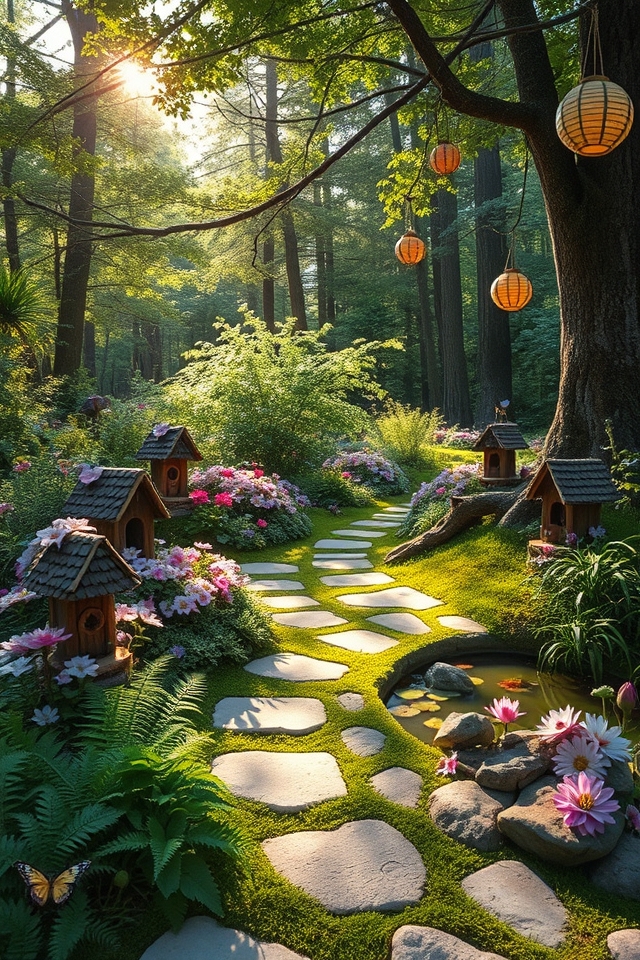
Creating a themed garden area in a wooded setting can enhance the natural beauty of your surroundings. Consider a fairy-tale garden with whimsical decor, such as miniature fairy houses and vibrant flowers that attract butterflies. Alternatively, a Zen garden can provide a tranquil retreat, featuring gravel, smooth stones, and carefully placed plants for meditation. Select a theme that resonates with your style, ensuring it harmonizes with the lush greenery of the woods.
Build a Garden Shed or Potting Station

Building a garden shed or potting station in a wooded area can greatly enhance your gardening experience. This dedicated space allows you to store tools, pots, and soil, keeping everything organized and easily accessible. A potting station with a workbench and storage for supplies can make repotting and planting more enjoyable. Choose materials that blend with the natural surroundings, such as wood or stone, to create a cohesive aesthetic that complements the beauty of your garden.
Install a Pergola or Arbor

Installing a pergola or arbor in a wooded area not only enhances the aesthetic appeal of your garden but also creates a cozy outdoor space for relaxation and entertainment. These structures provide partial shade while allowing sunlight to filter through, making them ideal for climbing plants like wisteria or roses. Choose natural materials like wood to blend seamlessly with the surrounding forest, ensuring your garden feels integrated with nature while offering a charming focal point.
Curate a Seasonal Vegetable Patch
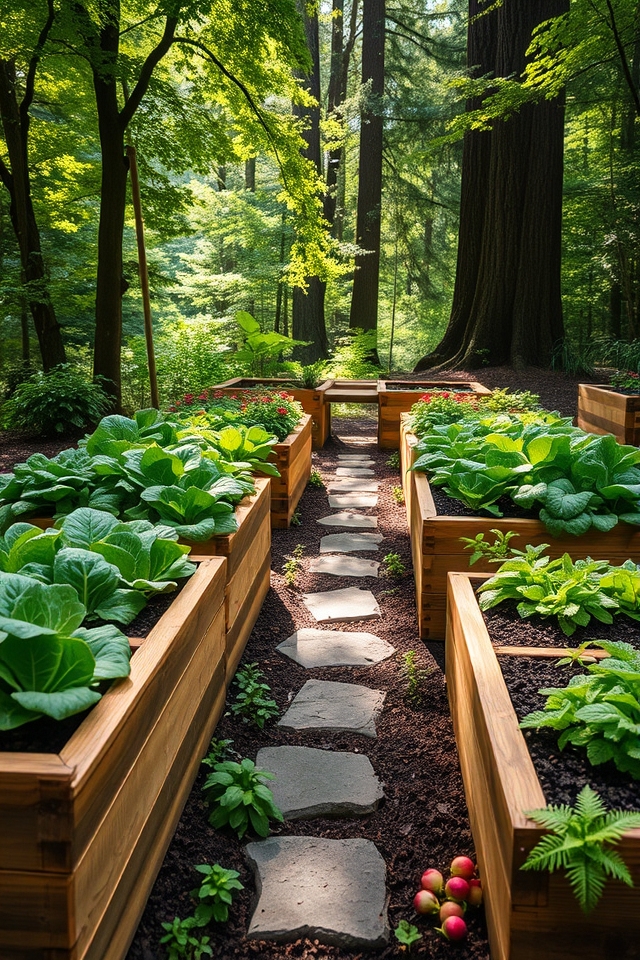
A seasonal vegetable patch in a wooded area can thrive with careful planning and consideration of light and soil conditions. Choose shade-tolerant vegetables like leafy greens, radishes, and root veggies that can tolerate less sunshine. Create raised beds to improve drainage and soil quality, and incorporate organic compost to enrich the earth. Using natural materials for pathways can blend your garden seamlessly into the woodland surroundings, making for a productive and harmonious vegetable haven.
